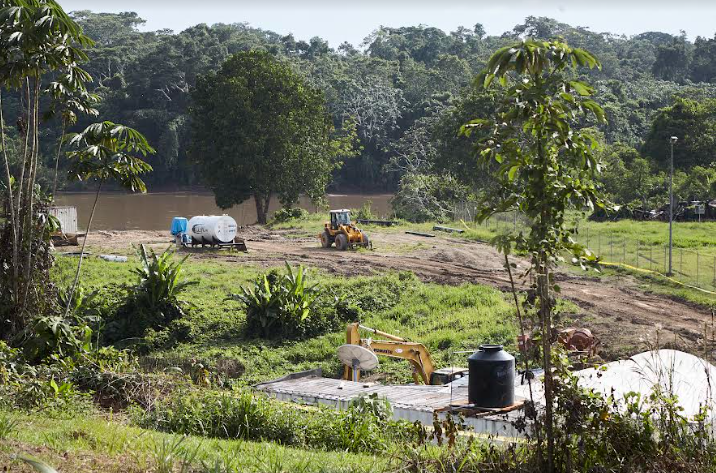
It is clear that after the pandemic, Peru has tried to reactivate its economy at all costs, but to no avail. The worst thing is that after Covid-19the climatic effects of Cyclone Yacu further worsened the economic situation of many Peruvians. In fact, the rise in the cost of living and the growth of poverty in Peru after years of economic prosperity would justify the necessary legal, institutional, and technical changes to attract more investment and grow much faster; however, they only has thought about changing environmental regulations, increasing the risk of possible negative impacts of human beings on nature.
Since the beginning of the year, this new government presented a proposal for the delegation of powers that included the idea of executing investments through fast track in relation to environmental certification (Exhibition of Motives, PL Nº 3941/2022-PE). This bill materialized in Legislative Decree No. 1553 (05/10/2023), which indicates the division of projects for their environmental evaluation and, therefore, environmental impact studies; which could have the effect of failing to assess the comprehensive impacts of an entire work to be carried out (art. 4). This was done years ago in the Government of Toledo, with the Interoceánica Sur highway, which was divided into sections, each one being evaluated separately from the environment, without understanding the total impacts it could cause, let alone the cumulative or synergistic ones. Years later, this highway has allowed the penetration of illegal mining in the Amazon of Madre de Dios, Cusco and Puno, with the degradation of its forests and bodies of water, around one hundred thousand deforested hectares, and the loss of the rule of law. Environmental in part of our Amazon.
Subsequently, the Executive power presented a proposal to recompose the National Infrastructure Authority, expanding its powers to promote all investments in the sector, reducing the environmental evaluation period, what is more, questioning the mandatory nature of environmental certification and introducing positive administrative silence for authorizations of deforestation and license for the use of water (art. 10, PL Nº 4642/2022-PE).
The Ombudsman’s Office has pointed out the need to invest in infrastructure for the country’s economic recovery and provide basic services such as health – now that dengue hit all of Peru-, but it has also pointed out the importance of having an environmental impact assessment prior to the operation, such as having the technical capacity but also enough time to evaluate the projects environmentally, and finally the need to have express authorizations from the forestry authority and water for clearing or obtaining water licenses. Moreover, he adds that this legal proposal stands out for the absence of strengthening the monitoring of investment projects, as well as incorporating disaster risk management criteria, such as climate impact.
The impacts of investments with low standards, such as oil contamination in the loretan amazon, on the Peruvian coast; or many other “accidents”, such as have occurred recently in the construction of the Chancay Megaport and subsidence of the ground in a populated area, should teach us to correct things to avoid further impacts.
We can change the rules and facilitate investment, but not lower the standards, that is, the environmental obligations for such investments. If we want to help Peru continue to grow, we must invest more in environmental monitoring; in supervising, correcting and rewarding where things are done well. Changing rules in isolation does not solve things, they only make things worse.
By Cesar Gamboa Balbin
Law, Environment and Natural Resources
[CONTENIDO PATROCINADO]
Source: Larepublica
Alia is a professional author and journalist, working at 247 news agency. She writes on various topics from economy news to general interest pieces, providing readers with relevant and informative content. With years of experience, she brings a unique perspective and in-depth analysis to her work.











